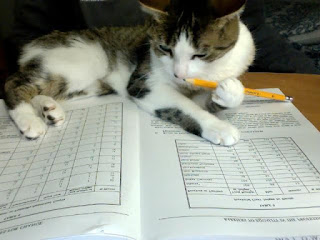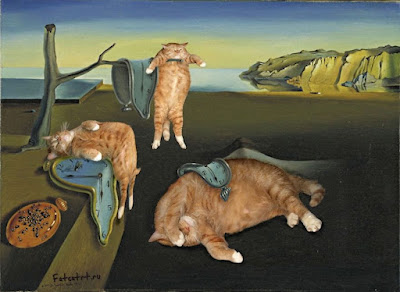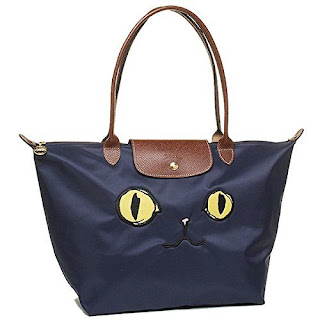AG Szpunar advises CJEU not to extend direct liability for trade mark infringement to operators of online marketplaces

Is the operator of an online marketplace (more specifically: a hybrid marketplace, which also provides logistics assistance to third-party sellers through a fulfilment programme) using third-party trade marks itself, in accordance with Article 9(2) EUTMR , when it displays, on its marketplace, advertisements of independent sellers’ goods that infringe such trade mark rights, which it also delivers to end customers? Is the perception of a reasonably well informed and reasonably observant internet user relevant when undertaking such an assessment? Gigi was also awaiting her delivery ... These are the key issues on which the Court of Justice of the European Union (CJEU) has been requested to provide guidance. Joined cases Louboutin/Amazon , C-148/21 and C-184/21 are referrals for a preliminary ruling made in the context of highly similar proceedings pending before, respectively, Luxembourg’s Tribunal d’arrondissement (C-148/21) and Belgium’s Tribunal de l’entrepris...





